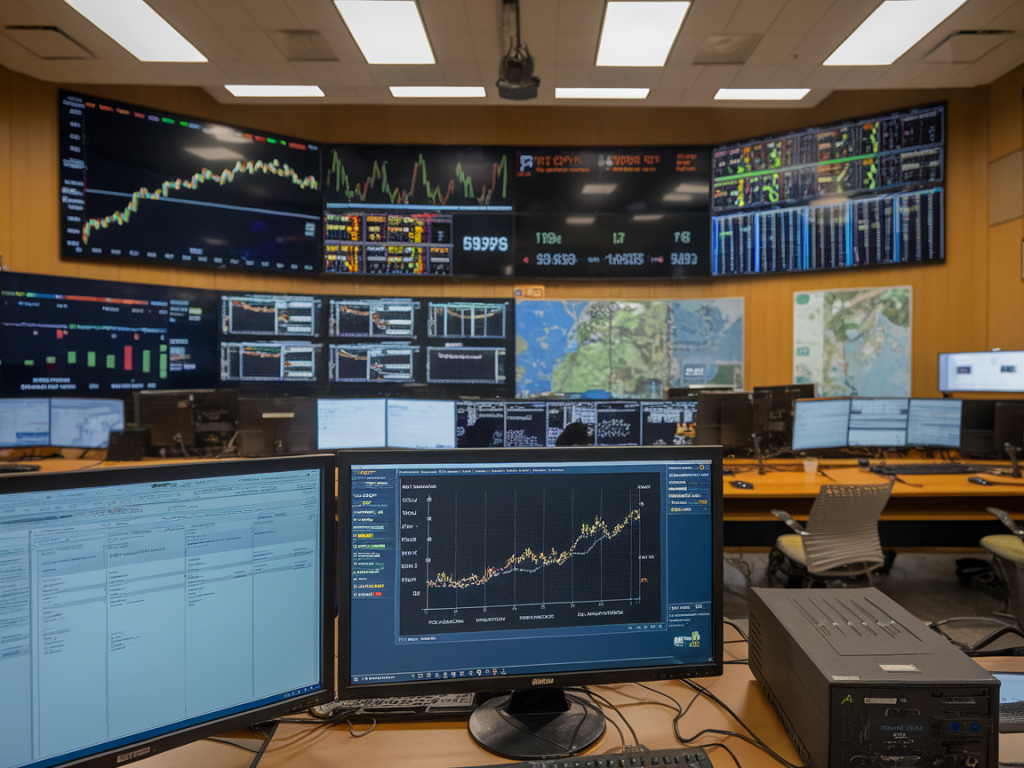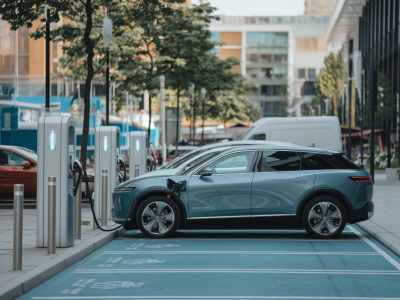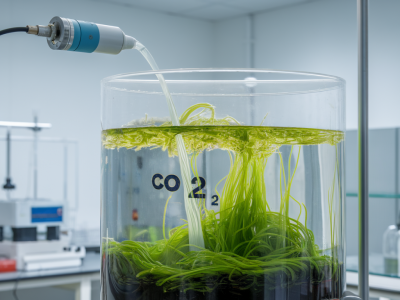
Imagine a world where energy grids are not just passive systems delivering power to our homes and businesses, but intelligent systems capable of predicting, managing, and optimizing the supply and demand of energy in real-time. Thanks to the rise of artificial intelligence (AI), this vision is no longer a distant dream—it's becoming a reality. I’ve been following this trend closely, and the ways AI is transforming energy grid efficiency are nothing short of revolutionary. Let me take you through some of the most exciting developments in this space.
Understanding the Role of AI in Energy Grids
The traditional energy grid was built for simplicity: deliver electricity from centralized power plants to consumers. But today's energy landscape is far more complex. With renewable energy sources like solar and wind power growing rapidly, coupled with the surge in electric vehicles and smart devices, managing energy flows has become a daunting task. This is where AI steps in as a game-changer.
AI enables grids to become "smarter" by using machine learning algorithms and data analytics to monitor, predict, and adjust energy usage in real-time. By integrating AI into the grid, we can minimize energy waste, anticipate demand surges, and better incorporate renewable energy sources, even when weather conditions fluctuate.
Predictive Maintenance: Fixing Problems Before They Happen
One key area where AI shines is predictive maintenance. Traditional grid systems often rely on reactive repairs—fixing something only once it breaks. But what if we could detect potential failures before they happen?
Using AI algorithms, energy companies can analyze data from sensors installed on grid equipment, such as transformers and power lines. These algorithms identify patterns and anomalies that might indicate wear and tear or impending malfunctions. Take Siemens, for example—they use AI-driven tools to monitor grid infrastructure and predict maintenance needs. Not only does this reduce downtime, but it also saves significant repair costs and ensures a more reliable energy supply.
Energy Demand Forecasting
One of the most critical challenges for energy grids is managing fluctuating demand. Peak demand times, such as evenings in residential areas or summer heatwaves, can strain the grid and even lead to blackouts. AI offers a sophisticated solution through demand forecasting.
For instance, Google DeepMind has partnered with the National Grid in the UK to use AI for energy forecasting. By analyzing historical data, weather conditions, and usage trends, AI models can predict demand spikes and adjust energy distribution accordingly. This not only stabilizes the grid but also helps reduce reliance on fossil-fuel-based power plants during peak times.
Optimizing Renewable Energy Integration
One of my favorite aspects of AI in energy is its ability to maximize the use of renewable energy sources. Solar and wind power are inherently unpredictable—cloudy skies or a lack of wind can disrupt supply. AI counters this unpredictability by leveraging real-time weather data, satellite images, and advanced modeling techniques to forecast renewable energy generation more accurately.
Companies like IBM and Mitsubishi Electric are at the forefront of this effort. By combining AI with IoT (Internet of Things) devices on renewable energy farms, they can dynamically adjust grid operations based on how much renewable energy is being generated at any given moment. This makes it easier to utilize clean energy while phasing out less sustainable sources.
Smart Consumption and Demand Response
AI isn’t just making energy grids smarter—it’s empowering consumers to be smarter, too. With the rise of smart home technologies and connected devices, AI is enabling more efficient energy consumption at the individual level. Here's how:
- Smart Thermostats: Devices like Nest use AI to learn your habits and adjust heating and cooling schedules to save energy.
- Dynamic Pricing: AI-based systems can analyze grid conditions and adjust electricity rates in real-time. This incentivizes consumers to use energy during off-peak hours, easing strain on the grid.
- Virtual Power Plants: AI connects distributed energy resources (solar panels, home batteries) to work together as a unified "virtual power plant," feeding energy back into the grid when needed.
These advancements not only lower individual energy bills but also reduce overall consumption, creating a win-win scenario for both consumers and the environment.
Improving Grid Resilience Against Extreme Events
Extreme weather events, like storms and heatwaves, are becoming more frequent due to climate change, putting increased pressure on energy grids. AI helps make grids more resilient by rapidly analyzing and responding to such events.
Take Tesla’s Autobidder system, for example. This AI-enabled software was instrumental in stabilizing South Australia's grid following a major blackout. It works by automatically balancing supply and demand in real-time across Tesla’s battery storage systems. Similarly, AI-driven tools are being used to map out vulnerable grid sections and create contingency plans, ensuring faster recovery times during crises.
Reducing Carbon Emissions With AI
Finally, let’s talk about one of the biggest benefits of AI in energy grids: reducing carbon emissions. By optimizing energy usage and integrating renewable resources more effectively, AI plays a direct role in lowering the grid's carbon footprint. Additionally, many AI systems are designed to prioritize low-carbon options when making energy distribution decisions.
Microsoft’s Project Natick provides a fascinating example of this. Although more focused on data center energy efficiency, the project showcases how AI can prioritize renewables for grid operations, significantly cutting emissions.
The Road Ahead
The use of artificial intelligence in energy grids is still evolving, but its potential is limitless. From predictive analytics to renewable integration, AI is becoming an indispensable tool in the quest for a more sustainable energy future. Not only does it improve efficiency and reliability, but it also empowers us to make smarter choices as we transition to greener living. I can’t wait to see what innovations lie ahead in this exciting intersection of technology and sustainability.

